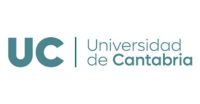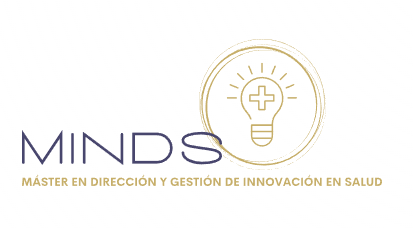Dr. Lorena García Hevia of the IDIVAL Nanomedicine group and the Department of Molecular Biology of the Faculty of Medicine has been awarded for her Doctoral thesis “Cancer Therapy based on the biomimetics of carbon nanotubes with cellular filaments” directed by Dr. Mónica López Fanarraga. The thesis has been awarded with the Extraordinary Doctorate Award in the area of Health Sciences 2018 and with the Juan María Parés Prize in the Modality of Doctoral Thesis in the Area of Health Sciences.
The thesis has shown the cytotoxic effects of carbon nanotubes, structures composed of sheets of graphene rolled on itself in a cylindrical shape (with one or several layers) that have a diameter between 2-25 nanometers. These nanotubes showed anti-proliferative, cytotoxic and anti-migratory effects in vitro, in different cancer cell lines (glioblastoma, neuroblastoma, uterine cancer). Of particular importance were the results obtained in vivo, in murine models, where it was demonstrated that carbon nanotubes can develop antitumor effects by reducing up to 40% of the tumor volume in solid malignant melanomas, with the importance that this implies to be used, in the future, as anticancer therapies. In addition, these results were confirmed even in tumors resistant to traditional anticancer therapies, such as taxol®, where these nanomaterials can play a key role.
These magnificent results obtained in vivo, show that said nanomaterial is an important platform to continue perfecting until it reaches commercialization. Therefore, this work demonstrates the existence of an innovative solution to the cancer problem in the field of Nanomedicine, exposing an important and notorious short-term applicability.
This doctoral thesis, funded by the Health Research Institute (IDIVAL), is endorsed by six scientific publications in high impact journals and in which the author of the thesis Lorena García Hevia of the Institute's Nanomedicine group is the first author.























